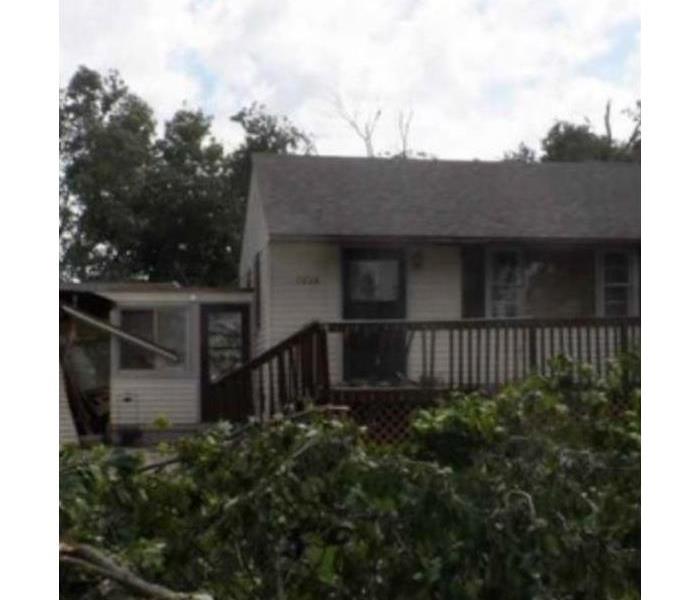Tree Removal Services
Evaluate tree damage.
Evaluate your trees carefully by asking the following:
Other than storm damage, is the tree basically healthy?
Are major limbs and/or the leader branch still remaining?
Is at least 50 percent of the tree's crown still intact?
Are there remaining branches that can form a new branch structure?
- If you answer "yes" to the majority of these questions, there is a good chance the tree can be saved. When in doubt, consult a professional.
Remove any broken branches or stubs still attached to the tree.
Remove jagged remains of limbs to reduce the risk of decay agents entering the wound.
Smaller branches should be pruned at the point where they join larger ones.
Resist the urge to over-prune. Don't worry if the tree's appearance is not perfect.
Do not try to do it all yourself.Evaluate what you can handle and what's for a pro – anything not on the ground should definitely be handled by a professional. Some of these things could be a threat to your life, so it makes sense to spend the money if you're not absolutely confident in your skills or if any of the below situations apply:
Large limbs are broken or hanging or overhead chainsaw work is needed.
If a tree is uprooted or downed, it can create an unnatural pattern of pressure points and tension. A chainsaw operator may be in severe danger if attempting to cut a tensioned limb or trunk (called a "springpole") – it may have an extremely violent, catapult-like reaction.
If branches are too close or touching utility lines, report immediately to your local utility company. NEVER attempt to move downed utility lines.
Any task you have not been properly trained to handle or are uncomfortable undertaking.
Consider wildlife.Birds or bees may have been taking temporary storm shelter while you are doing work – always proceed with caution.






 24/7 Emergency Service
24/7 Emergency Service

